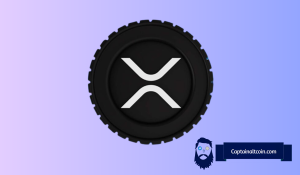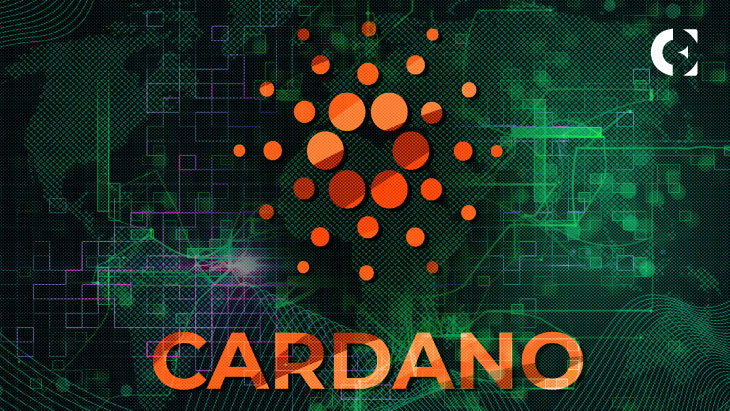Vitalik Buterin Proposes Novel Way to Decentralize Ethereum Staking
Vitalik Buterin recently shared a vision to boost Ethereum's decentralization by introducing scaled penalties for validators experiencing correlated failures. This move plans to mitigate the dominance of large staking entities and improve the network's security. Meanwhile, Ethereum's ecosystem saw a surge in activity with the introduction of "blobs" and BlobScriptions, leading to a temporary spike in transaction fees. Buterin also recently shared his insights on the Metaverse at the BUIDL Asia conference, pushing for a much broader and more inclusive concept beyond the commonly associated VR technologies.
Buterin's Vision for a More Decentralized Ethereum
Vitalik Buterin, Ethereum's co-founder, recently proposed a way to enhance the decentralization of Ethereum by introducing penalties for correlated failures among validators. On Mar. 27, he shared his insights on the Ethereum Research forum, advocating for a strategy that imposes heavier penalties on validators controlled by the same entity when they fail simultaneously, compared to failures that happen independently. This approach is grounded in the belief that mistakes made by a large singular entity are more prone to be repeated across all controlled "identities," thereby heightening the risk of correlated failures.
Buterin pointed out that validators operating in the same cluster, like a staking pool, are more susceptible to these correlated failures, often due to shared infrastructure dependencies. To counteract this, his proposal suggests implementing penalties that scale with the deviation from the average failure rate. Specifically, if a significant number of validators fail in a particular slot, the penalty for each failure would increase, thereby discouraging large stakers from experiencing correlated failures and reducing their competitive edge over smaller stakers.
The simulation results reveal that this method could potentially diminish the advantages held by large Ethereum stakers by making large-scale failures more costly. The anticipated outcomes of a proposal like this include promoting decentralization by encouraging the maintenance of separate infrastructures for each validator and enhancing the economic viability of solo staking in comparison to staking pools.
Despite the merits of the proposal, Buterin did not discuss the possibility of lowering the current 32 Ether requirement for solo staking, which stands at approximately $111,500. This high entry barrier has contributed to the popularity of staking pools and liquid staking services like Lido, which allow people to stake with smaller amounts of ETH.
Lido, in particular, is a very dominant force in the staking landscape, with $34 billion worth of ETH staked, representing about 30% of the total supply. This dominance and the potential for "cartelization," where disproportionate profits are extracted compared to non-pooled capital, have raised some concerns among Ethereum advocates and developers about the need for more balanced and decentralized staking mechanisms. Luckily, it seems like Buterin is working on the issue.
BlobScriptions Surge
Meanwhile, The Ethereum blockchain witnessed a surge in activity and fees related to "blobs," a new feature introduced as part of the network's Dencun upgrade on Mar. 13. This uptick in activity follows the introduction of "BlobScriptions" by a protocol named Ethscriptions on Mar. 27, allowing users to inscribe a variety of data, from JPEGs to text, directly onto blobs. Blobs are designed to enhance the network's efficiency and reduce transaction costs, particularly benefiting layer-2 networks.
Shortly after the launch of BlobScriptions, the cost associated with minting data onto blobs—known as blob fees—skyrocketed. Gas fees for blobs reached as high as 585 gwei, approximately $18, a stark increase from the pre-BlobScription average of about one wei, which is a fraction of a cent.
Despite the initial spike, blob fees have since moderated to 35.8 gwei, or about $1.20, which could suggest that things are somewhat stabilizing after the initial frenzy. The introduction of BlobScriptions has already led to more than 4,500 inscriptions on blobs.
Ethscriptions founder Tom Lehman, known by the alias Middlemarch, commented on the rising costs of blobspace and encouraged users to use the official blobscription protocol for minting.
This surge in blob-related activity is very similar to the early excitement around Bitcoin Ordinals, where users minted a variety of data onto the blockchain. One notable aspect of blob data is its temporary storage on Ethereum nodes, which lasts for approximately 18 days before being removed. However, Lehman assured that the Ethscriptions indexer would retain the data indefinitely, providing a measure of permanence to these inscriptions.
The Dencun upgrade, facilitated by EIP-4844, is aimed primarily at reducing transaction costs on Ethereum's layer-2 networks. This has led to much lower fees on platforms like Arbitrum and Polygon, enhancing the overall efficiency of the Ethereum network. The creative use of blobs was brought to people’s attention when an Ethereum developer managed to mint the entire script of the Bee Movie on a blob shortly after the Dencun upgrade, demonstrating the feature's potential for cost-effective data storage on the blockchain.
Buterin's Vision for the True Metaverse
Vitalik Buterin also had a lot to say about the Metaverse recently. During the BUIDL Asia conference in Seoul, the Ethereum co-founder shared his thoughts on the concept of the Metaverse, challenging the conventional understanding and expectations surrounding it.
According to Buterin, the Metaverse is often misconceived and mistakenly branded, rather than accurately understood as a product or a concrete reality. He described it as a vision for a virtual universe that is accessible to everyone and not monopolized by any single entity. This vision is commonly tied to virtual reality (VR) technologies, suggesting a digital space where people can interact through avatars in immersive social settings, using VR and augmented reality (AR).
However, Buterin critiqued this common association with VR, indicating that perspective like this narrows the scope of what the Metaverse could actually embody. He argued that the concept of the Metaverse shouldn't be limited to just VR experiences. Instead, it should be viewed as an integration of various virtual world components that we already engage with, including cryptocurrencies, VR, and artificial intelligence. By combining these elements, the true potential of the Metaverse could be realized, surpassing the simplistic desire for virtual reality environments.





